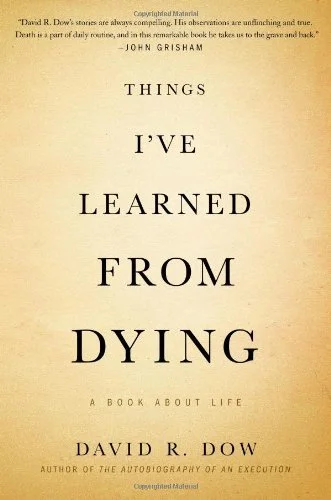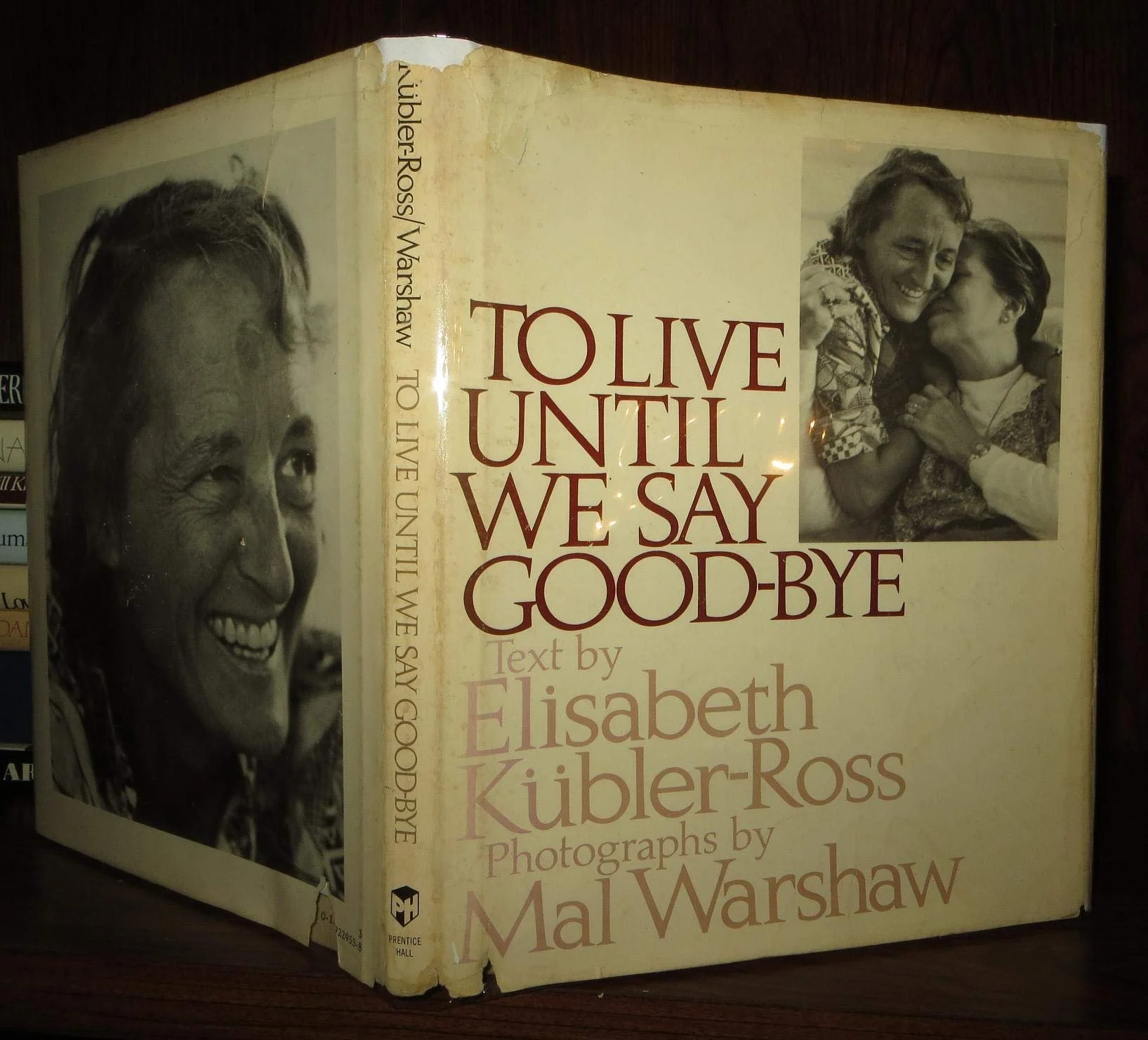Living with Death and Dying: How to communicate with the terminally ill
Elizabeth Kübler-Ross covers the complex topic of communication with the terminally ill in this book broken into 4 distinct parts. The first and fourth sections are written by Kübler-Ross and cover in home and hospital visits with terminally ill patients and, also, the occasions of sudden death. The first section covers fairly standard ways of discussing death with patients and families and explains how to assess a patient’s place in the process of coming to accept their situation. The fourth section tackles the thorny issue of sudden death (in this case, in the ER) and how this news of broken to loved ones of the deceased. This section comes in the form of an interview with Kübler-Ross. About twenty questions are asked and answered that shed light on many issues encountered by ER staff and provide Kübler-Ross’ answers and suggestions. I found this to be the most useful part of the book from the perspective of new material from Kübler-Ross. The middle two sections, two and three, are both written by different people. The third section covers the use of art therapy to help patients and the attending doctor to understand where the patient is in the process of accepting and understanding their terminal state and illness. This is especially useful with children, who often don’t have the language to express their feelings. I found this section to be interesting, but it seemed to have no real empirical evidence that the interpretations were correct. The third section deals exclusively with terminally ill children at live-in hospitals and therapeutic units. It covers a lot of the issues for parents who stay with their children in these settings. The revelations of the issues and the advice seem like they would be quite useful to anyone entering an environment like that. There is a lot of information from parents describing what they encounter and go through in that situation. In general this was an informative volume that covered fairly specific situations and therapeutic means. I would recommend reading Kübler-Ross’ earlier and more seminal works first.



